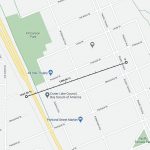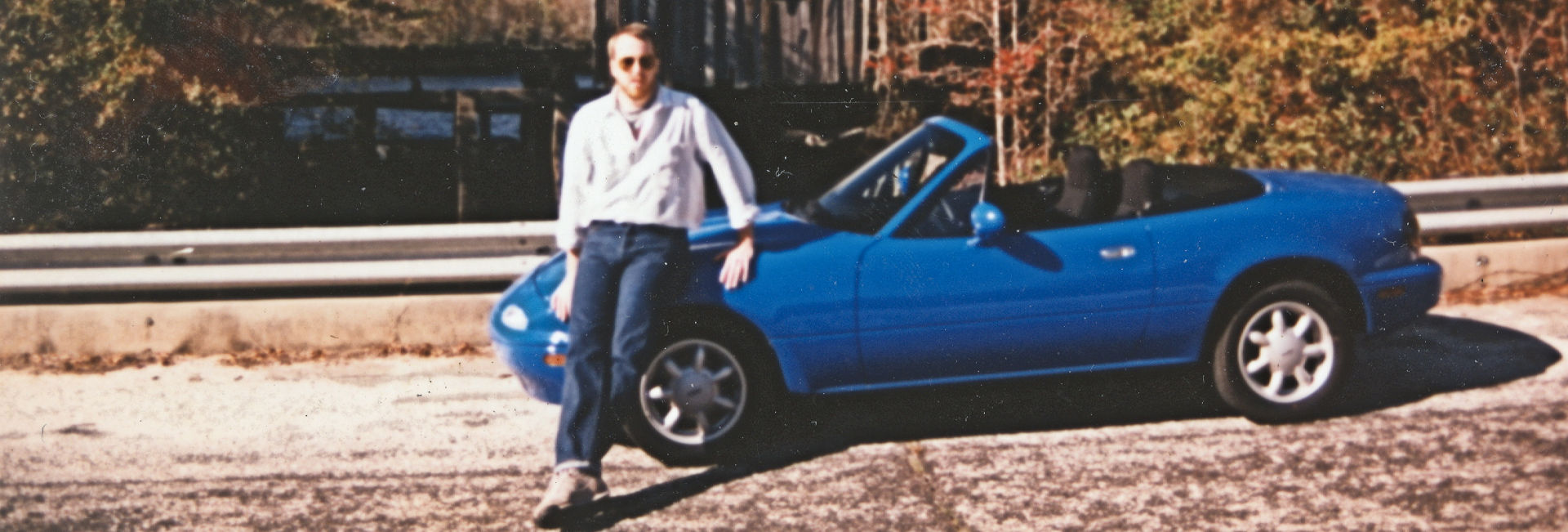 We live about a third of a mile uphill from some railroad tracks. They are not just any old railroad tracks either, if you are traveling by train from Seattle to Los Angeles you will pass thru our fair city of Klamath Falls. These tracks are kind of like I-5 in that they are the main north-south route along the west coast, so freight trains also pass through here every day. There are probably ten to twelve trains total using those tracks per each 24 hour period.
We live about a third of a mile uphill from some railroad tracks. They are not just any old railroad tracks either, if you are traveling by train from Seattle to Los Angeles you will pass thru our fair city of Klamath Falls. These tracks are kind of like I-5 in that they are the main north-south route along the west coast, so freight trains also pass through here every day. There are probably ten to twelve trains total using those tracks per each 24 hour period.
A direct line along that third of a mile crosses three regular surface city streets, a bike path and one 5 lane US highway before you get to the tracks. Not too far that direct line is a street called Portland that those tracks cross. This is the only street crossing on this side of town, the rest have bridges over the tracks. This street crossing doesn’t come into play on any of our trips, so we really don’t have to worry about waiting for any length of time at the crossing when any of the long freight trains pass thru town. What we do have to contend with is the train’s engineer signaling his approach to the crossing.
It wasn’t until we moved here that we knew that any train approaching a street crossing, whether it has automatic gates or just flashing lights, the train’s engineer has to sound the train’s horn in a series of blasts – two long, one short and a final long. Because we can actually see the train through the trees and gaps in between houses in the winter from our front porch, we have no trouble hearing these blasts of 96-110 db sound. When we first moved into our house those horn blasts could be startling because our living room faces front towards the track. After a few months though, we got used to them and we are to a point that we almost don’t hear them anymore. Almost.
I have noticed that different engineer’s each have a different way of sounding that signal, some have longer longs or a shorter short blast. Because we are a stop on the Amtrak route and have a very large rail yard south of town there are probably several of this engineers who live in town. I am convinced that the different variations in the horn blasts lengths is similar to the pilot whose landing pattern took him over his house and wagged his wings as a greeting to his family, these distinctive horn blasts let their family know they are coming home.
